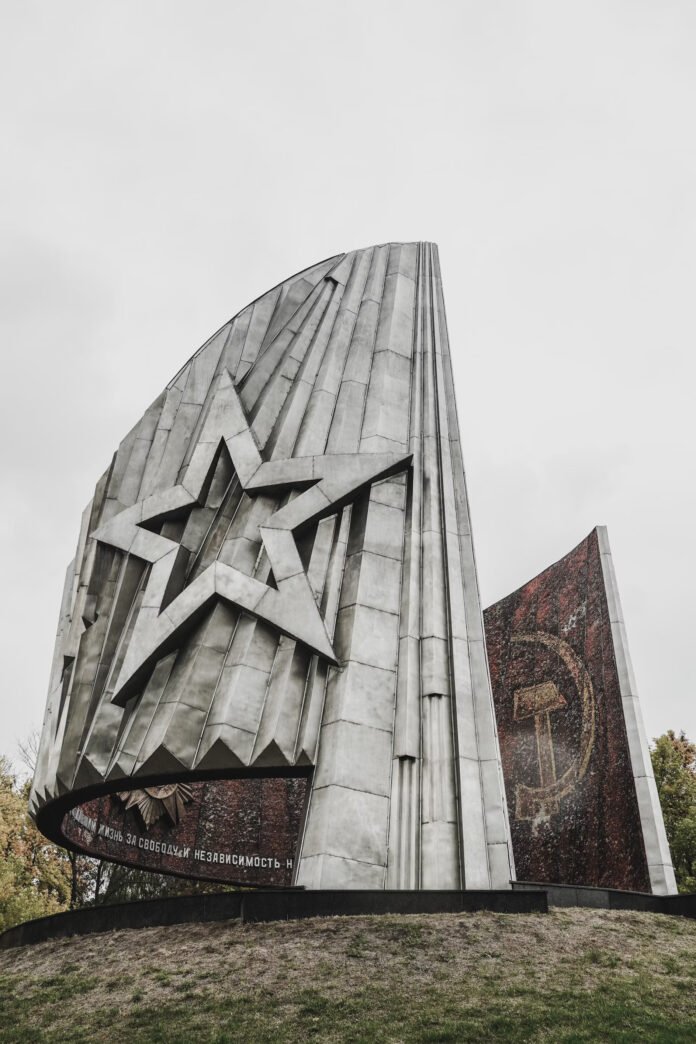The Maoist insurgency in India, which has lasted for fifty years, is nearing its end. Initially sparked by a peasant uprising in Naxalbari, Bengal (1967-1975), the movement was driven by Mao Zedong’s ideology and initially supported by a faction of the Communist Party of India (Marxist). Although quickly suppressed, it spread to several Indian states and was bolstered by a parallel Maoist insurgency in Nepal.
Throughout its history, Maoism in India, or Naxalism, evolved from a radical political struggle to a militarized movement, particularly after the 2004 merger of two major Naxal groups into the CPI (Maoist). By 2010, it controlled significant territory and was a major challenge to Indian security, claiming over 10,000 lives in two decades.
The shift in government strategy under Prime Minister Narendra Modi, starting in 2014, has led to a dramatic reduction in Maoist influence. A comprehensive approach combining strong counterterrorism measures, improved coordination between central and state governments, and development initiatives has reduced Maoist violence by 73% and their territorial control from 126 districts in 2013 to 38 in 2024.
Today, with enhanced security operations and significant government investment, Maoist control has dwindled to less than 5,000 square kilometers. The movement’s weakening reflects the broader global decline of communist ideology. With ongoing efforts by Home Minister Amit Shah, the complete eradication of Maoism in India seems imminent, though vigilance remains essential.

